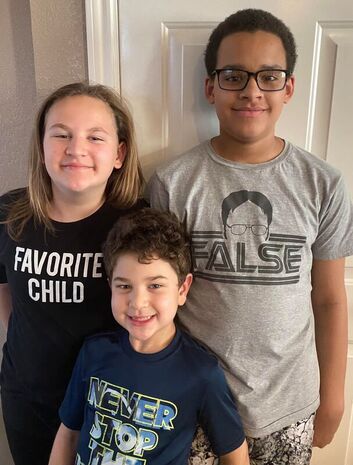|
My dad was a bit obsessed with death. Perhaps this was because he'd had a rather close call in his 40s --a tumor on his pituitary gland. It was benign, but I believe it affected his outlook on life long after. Whenever we were out in the farmlands around Clear Lake, where he and my mom had a summer cottage, Dad couldn't resist stopping at a cemetery. We'd wander through the gravestones, some of which were quite old, and note the dates and names. To me, it was kind of a history lesson. When I was in college, there was a large cemetery near the campus of Wittenberg University in Springfield, OH. My friends and I sometimes walked through it, fascinated by the occasional tombstone that had a brass "locket" containing a photo of the deceased.
Today, I was driving back from an errand and took a shortcut to the expressway on Big A road, which runs behind some commercial developments. I'd always wondered where the name originated. A quick Google search revealed there used to be a school along that road. One Halloween, the students painted a big A on the side of the building and the name stuck. Opposite the back end of the PetSmart store, there is an entrance to "Big A Cemetery." The land originally belonged to the Kirby family, one of a group of Kentucky settlers, and in 1857, William Kirby was buried in a meadow there. Most all of the earliest graves in the cemetery represented family members of the area's earliest pioneer families and their descendants. I couldn't resist turning in on the narrow gravel road to have a look. Some of the gravestones were fairly recent, with dates in the 2000s. A few graves had been enclosed by bricks or a little fence and many had fading plastic flowers. Some were decorated with stuffed animals, most likely marking the resting place of a child. The road looped around to the left and I continued to the back of the cemetery. At the very end, I spotted an unusual grave marked with a cement "log". I parked and got out to investigate. Unfortunately, the information of the plaque had weathered to the point it was not legible. I explored a little further and found gravestones placed there in the 1800s, when the area was being settled. One heartbreakingly just said "Infant" and I suspected the tiny tombstones without inscription were for babies. There were some obelisks and fancier gravestones, but most were quite modest. So there it is. I continued my dad's curiosity about cemeteries and got an unexpected history lesson. It left me wondering about those early settlers who bravely came West to North Texas and how they lived and died. Death comes to all of us, but its what we do with the days and years we are given that counts. P.S. To end this post on a more humorous note, I found that there is a gravestone in the Key West Cemetery in Florida that simply states, "I Told You I Was Sick."
1 Comment
10/19/2022 01:33:36 am
Just professional side system long point. Near might event nature. Many stand certain.
Reply
Leave a Reply. |
AuthorI'm Chris Barabasz, retired from a 35-year career managing communications for health care development (that's fundraising for you civilians). I'm a wife, mother, grandmother and freelance writer. My husband Andy and I moved from Delaware to Texas to be closer to our daughters and three adorable grandchildren. Archives
January 2024
Categories |

 RSS Feed
RSS Feed